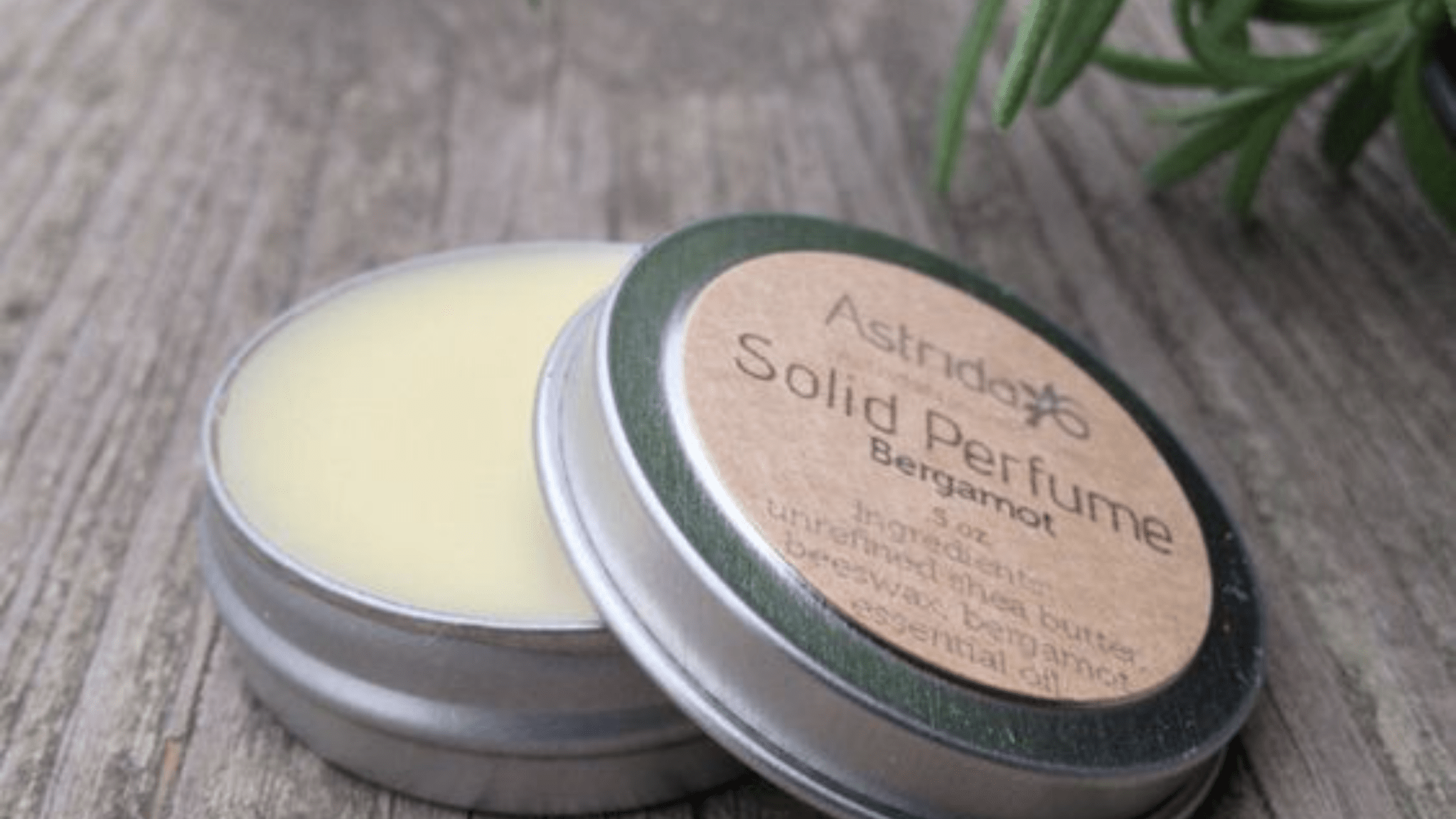
Make Solid Perfume with Essential Oils
So, you’ve made your first batch of essential oil – now what?
The variety of potential uses for that little bottle of liquid plant gold you hold make deciding what to do first overwhelming.
The obvious choice is a few drops of your fresh essential oil in a diffuser. The idea of surrounding yourself with the lovely scent you distilled is divine!
There’s nothing quite so satisfying as making soaps and lotions with essential oils. The fragrance and therapeutic benefits they impart to your creations are pure and unmistakably fresh.
Yet, what if you could take your favorite fragrance with you everywhere?
Sounds great, right?
Now, imagine creating a solid perfume with the essential oil you distilled in a copper still. Priceless!
Tips on Using Essential Oils in Solid Perfumes
Most essential oils (EOs) are so potent that they must be diluted in a carrier oil before you apply them to your skin. Of course, lavender and tea tree oil are two notable exceptions, but even they can cause irritation.
Considering that essential oils are concentrated plant essence, solid perfumes are terrific vehicles for your EOs. They achieve two goals: the first is diluting the oil for use, and the second is taking your favorite fragrances with you everywhere. It’s a win-win!
Things to remember:
There’s a whole science of blending fragrances or essential oils for perfumes. Here are a few tips to help you get started:
- Some EOs have stronger fragrances than others, so learning to balance them takes time. For example, rosemary has a strong aroma but pairs well with bergamot or orange.
- Although they’re diluted, essential oils can sometimes cause irritation. Everyone’s skin is different, so always do a small test on the inside of your arm. If you notice redness or swelling at that location, it may be best to try a different EO.
- Before adding EOs to a perfume, test them. Combine your chosen essential oils with a minute amount of carrier oil in a separate container. Take a sniff, and make any necessary adjustments. Then, you can add this blend directly to the melted oils.
Of course, if you don’t have many essential oils on your shelf yet, that’s okay! Pick one or two that you love or that make you feel calm or happy. I’m partial to lavender with jasmine or ylang-ylang.
Select the Ingredients for Your Perfume
The process for making a solid perfume is the same as for an ointment or a balm. The only difference is that the EO percentage is slightly higher because you only use a small swipe of perfume at once. You’ll also need beeswax, carrier oils, and essential oils.
Carrier oils for make Solid Perfume
Choosing the carrier oils affects how it feels on your skin and can affect the overall scent. In addition, some oils have stronger odors, so you’ll need to be mindful of this fact when choosing. Here are a few options; they each have ups and downs.
- Extra virgin olive oil: Moisturizing and gentle, but sometimes its more pungent odor can overpower delicate fragrances.
- Pumice oil: This is olive oil from a later pressing, so the odor is weaker. It has almost all the same skin benefits as extra-virgin olive oil. However, it is significantly cheaper.
- Fractionated coconut oil: It makes a great carrier oil for blends because it has a long shelf life and almost no odor. Many people choose this oil.
- Sweet almond oil: Wonderful oil for the skin! It can be expensive but has no odor to interfere with delicate fragrances.
- Jojoba oil: This one is solid at room temperature, so it needs to be melted to mix into anything. However, I LOVE the smooth feel it adds, and it doesn’t feel greasy.
Many people use a combination of oils. For example, I mostly use pumice oil. But because I also use it in soap-making, there’s usually a jug around the house. Then, I add jojoba and sweet almond oil.
Some people also add vitamin E as a preservative. However, I don’t find it necessary because I use the perfume up before the oils go rancid. Most oils last six to 12 months with no problem.
Beeswax
Why beeswax? This is the ingredient that actually makes the oils into a solid perfume.
Most of the oils I listed are liquid at room temperature, and although I’ve made perfumes with only liquid oils, they are messy. So, I don’t like them.
Solid perfumes are my favorite travel scent!
For most applications, I recommend buying beeswax pastilles. They’re much easier to work with than beeswax blocks because they are already in small pieces. But if you already have a beeswax block, go for it! Chop it into small pieces, so you don’t have to wait an hour for it to melt.
Note: I know many sources say to grate beeswax. However, I have never successfully grated beeswax without becoming very frustrated at the slowness of the process. After I finally finished, cleaning off my grater took more time than I care to admit.
Ready, Set, Make Your solid Perfume with essential oil!
Okay, so it’s not a race. But regardless, I am always excited to see and, more importantly, smell the results!
A double boiler is the best way to heat the oils and melt the wax. It allows the oils and wax to heat more gently. Use a small saucepan and a steel bowl if you don’t have a double boiler.
|
DIY Solid Perfume Recipe |
|
|---|---|
|
Ingredients |
Equipment |
|
1 ounce of carrier oil by weight |
Double boiler |
|
1/2 ounce by weight beeswax |
Storage tins |
|
30-50 drops of essential oil |
Small ladle for filling containers |
Instructions of how to make essential oil solid perfume
Heat an inch or two of water in the saucepan until it almost simmers.
While the water heats, place your carrier oils and beeswax in the steel bowl or upper section of your double boiler. Gently stir the oils and beeswax until it’s melted, then remove the bowl from the heat and let it cool for a moment.
Add the essential oils you’ve chosen and stir.
Before you pour it into a container, test a little on your skin to see if you like the fragrance’s intensity. If it’s a little weak, add a few more drops of oil.
Finding what you want may take a little experimentation, so have fun!




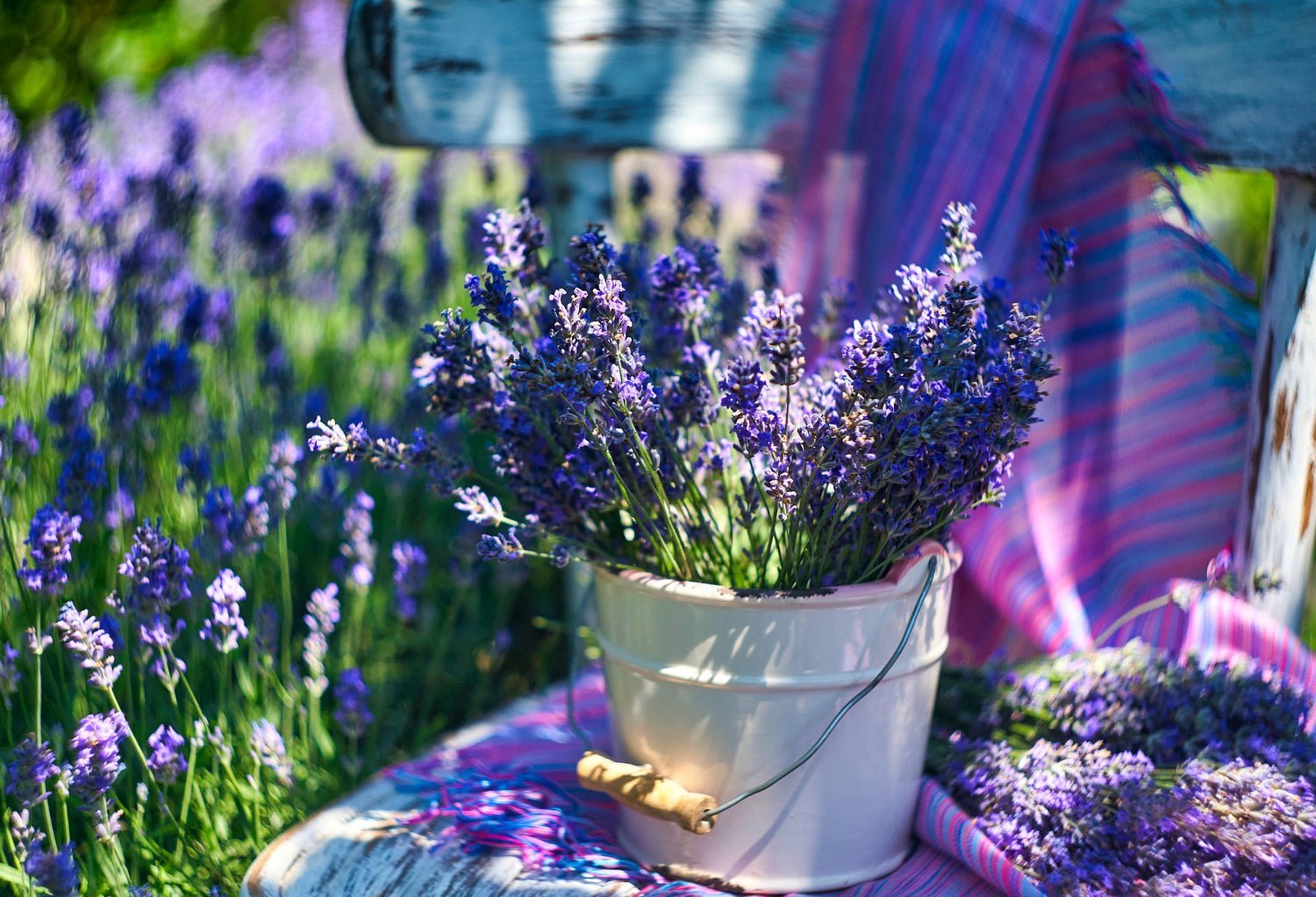

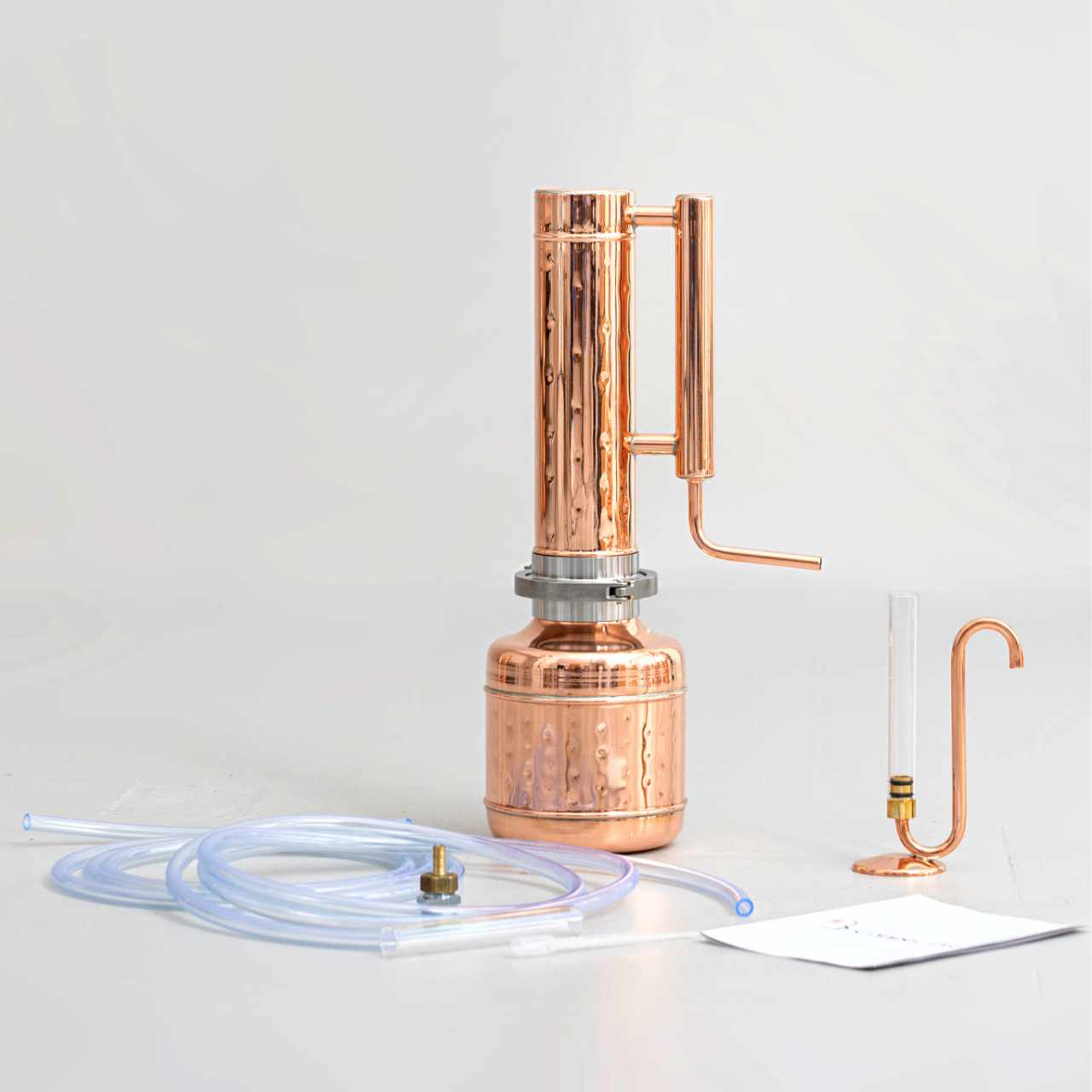
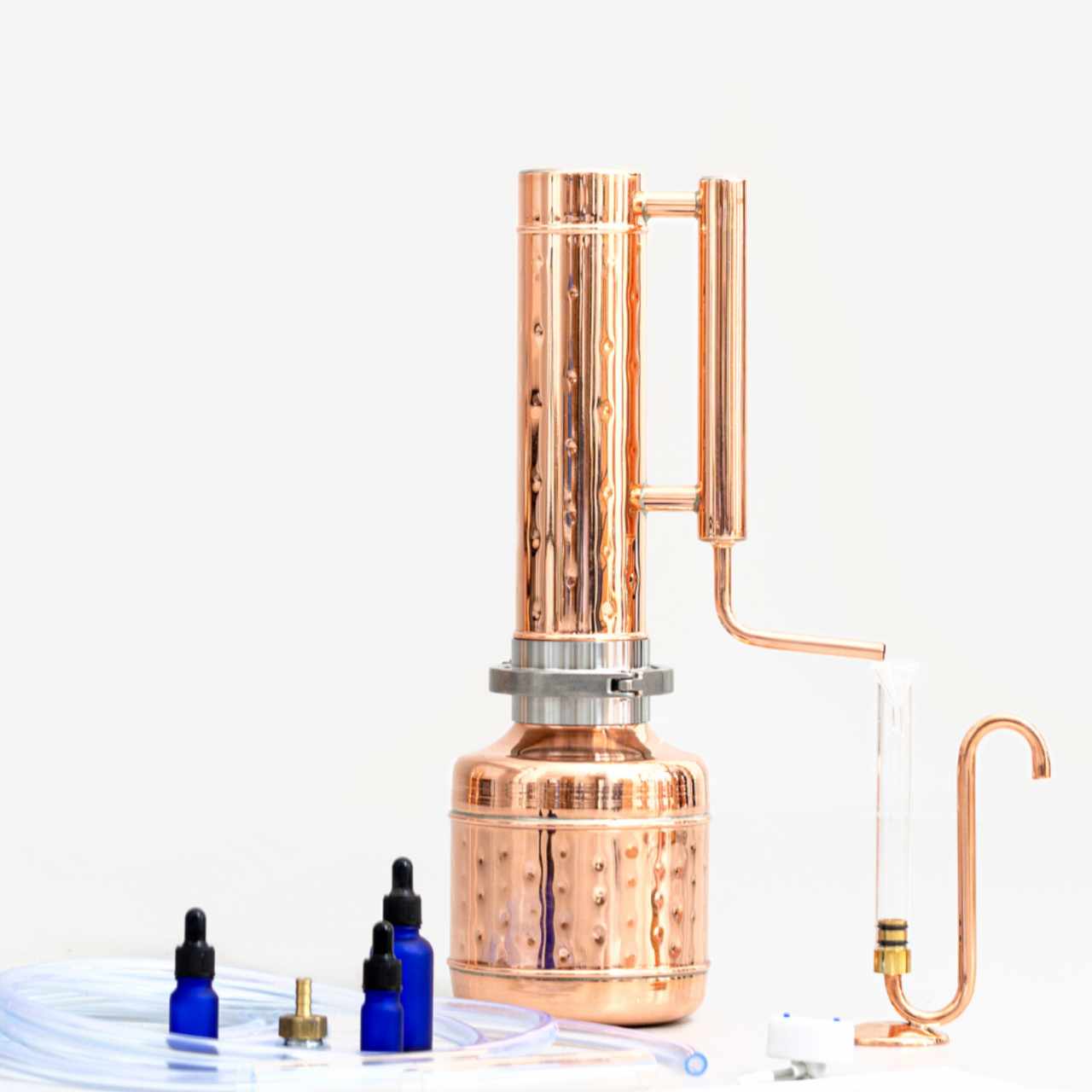

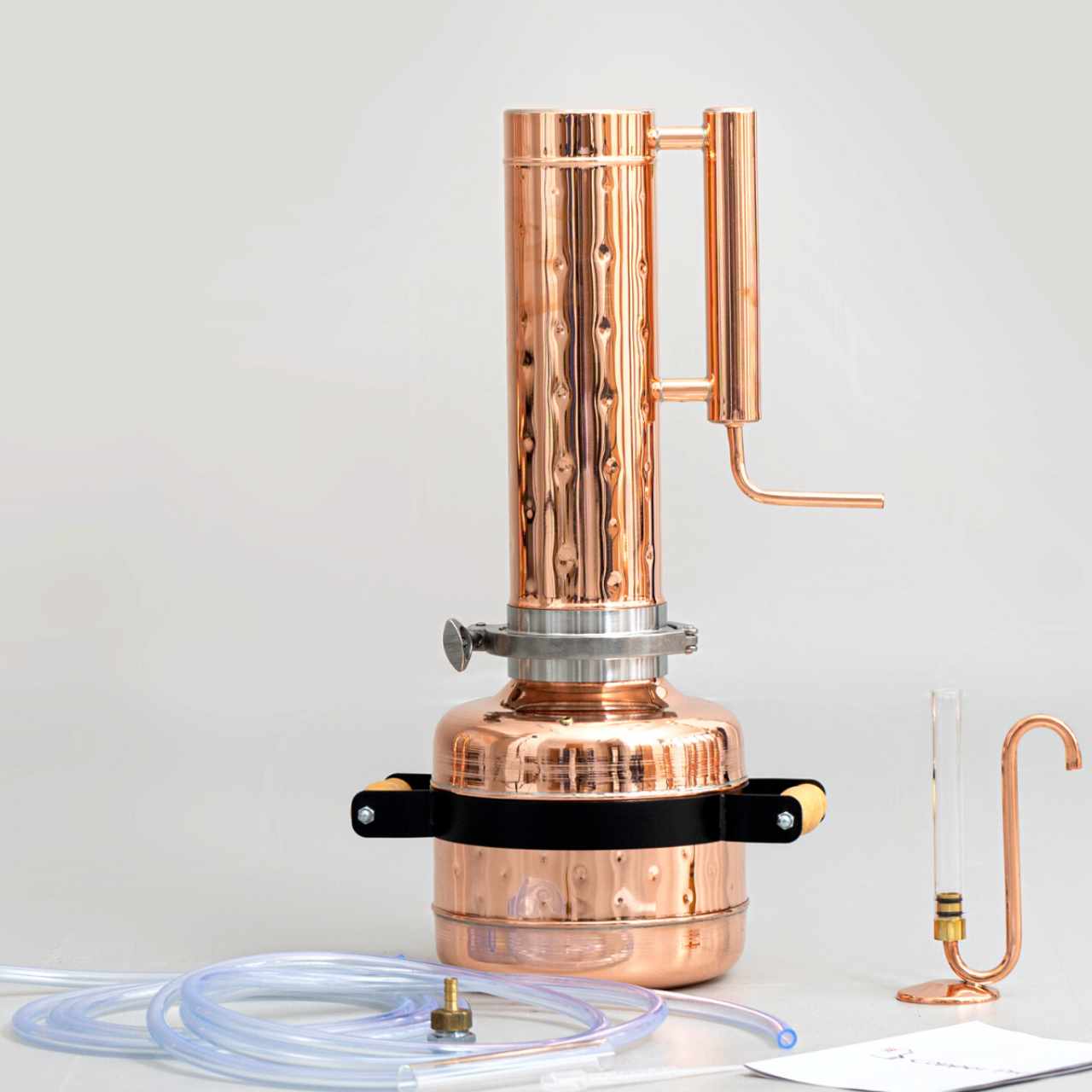

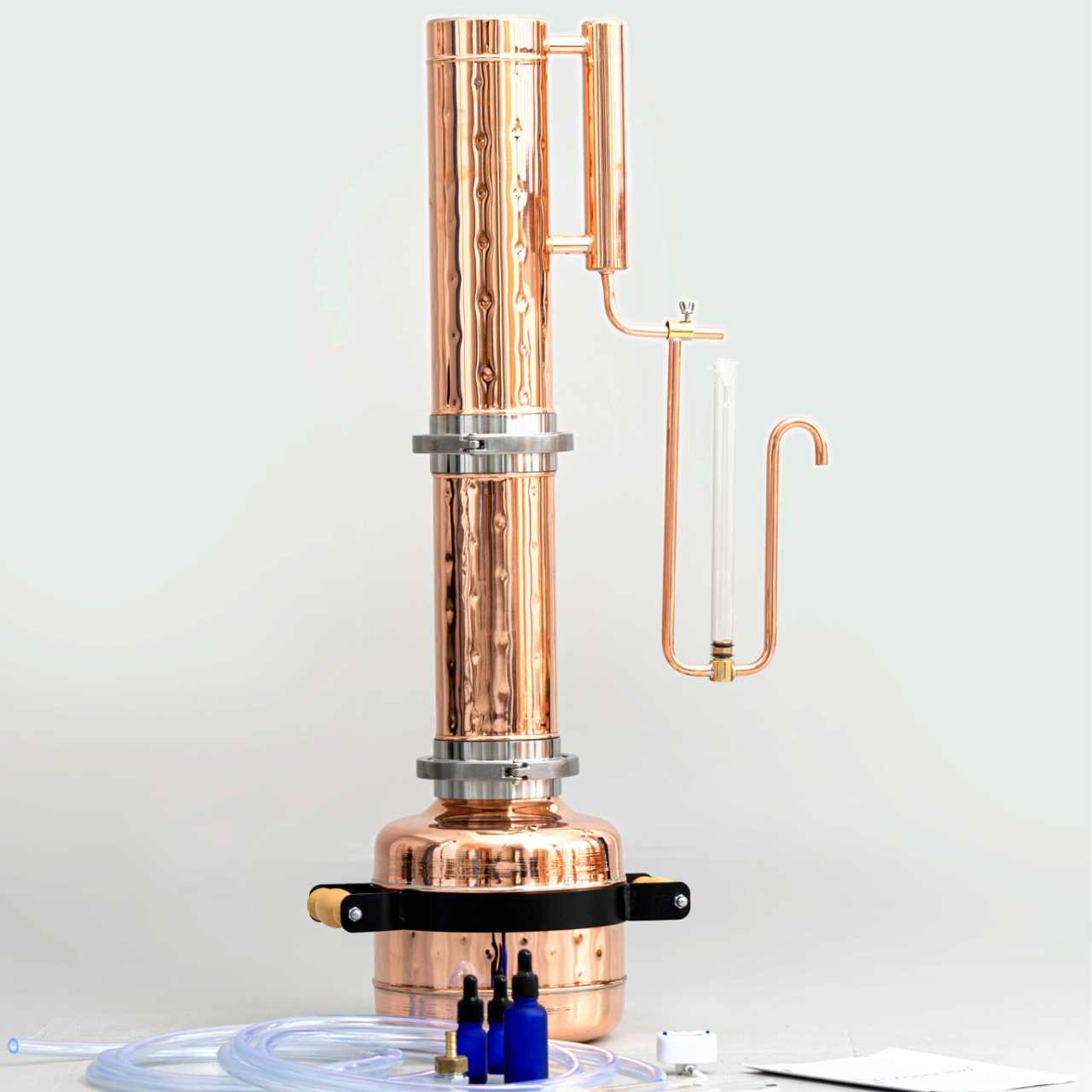
![Essential oil extractor 0.53G (2L) - [Premium Kit] - Copper Pro](http://copper-pro.com/cdn/shop/files/essential-oil-extractor-053g-2l-premium-kit-127057.jpg?crop=center&height=1280&v=1740390471&width=1280)
Comments (0)
Back to Blog Posts